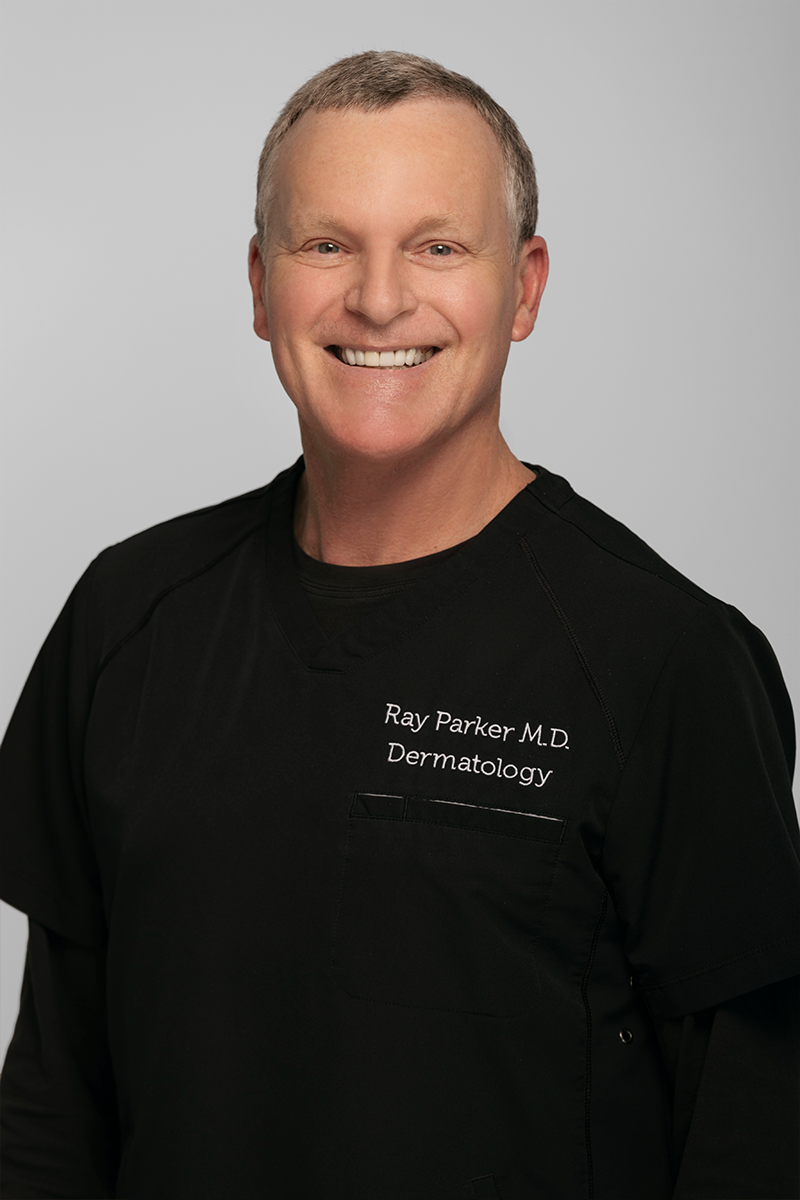Eczema
Manage Chronic Rash-Like Symptoms in the Little Rock Area, Central Arkansas, and Beyond
Whether mild or severe, starting in adulthood or childhood, eczema is a skin condition that impacts millions of people—more than an estimated 31 million in the United States alone. The medical condition does not have a single definition. Instead, a range of rash-like symptoms that frequently cause itching and inflammation fall under the umbrella term of eczema. The Little Rock area’s Dermatology Group of Arkansas makes a point of working closely with each individual seeking relief, creating a plan to address the discomfort of symptoms and minimize future flare-ups.
Diagnosing eczema—and determining the type—is a critical first step. That’s why it’s important to work with highly educated and experienced dermatologists, who can properly diagnose the condition and create a customized treatment regimen for long-term results.
Contact Us Today
Schedule your consultation for eczema for Little Rock, all of Central Arkansas, and beyond today. Call us at the Dermatology Group of Arkansas at 501-227-8422.

Eczema Basics
Like psoriasis and rosacea, eczema is a chronic condition that has no clearly understood cause, though some research indicates that genetics plays a role. The condition also features symptoms that tend to flare up and resolve over time. While there are more than half a dozen forms, they generally share the common trait of being the result of an immune response to a trigger of some sort.
Types of Eczema
Although there are millions of eczema sufferers, each person’s life with the condition is unique. Even people who have the same type may have different symptoms of varying severity and frequency.
Atopic Dermatitis
Flare-ups marked by itchy, dry patches that can appear darker than the surrounding skin—potentially brown, gray, or even purple—are the most common form. These areas can become sore or painful, and the symptoms can be a daily problem for patients starting as young as six months old. One of the side effects of atopic dermatitis is patients opening wounds in their skin due to scratching their rash, leading to bleeding, oozing, and weeping fluids, as well as potential infections. This form is also closely associated with asthma and hay fever.
Contact Dermatitis
As the name implies, the symptoms of this form develop when the patient comes in contact with specific materials, from soaps and dyes to certain metals like nickel to natural fibers like wool. Reactions may result from skin cell damage (irritant contact dermatitis) or exposure to an allergen (allergic contact dermatitis). Anyone can develop this condition, but it is especially common in people who are frequently exposed to chemicals, metals, and irritants in the environment, including mechanics, janitors, and salon employees.
Dyshidrotic Eczema
Limited to the hands and feet, this form of eczema develops as painful blisters that bubble up in response to stress, exposure to metals, and other causes. Healing blisters can then give way to reddened, dry skin that cracks and peels away.
Neurodermatitis
Typically confined to one or two small areas—as opposed to appearing in patches all over the body—neurodermatitis creates intensely itchy patches that can lead to skin thickening and nerve irritation due to the patient’s constant scratching.
Nummular Eczema
The name of this condition comes from the Latin word for “coin” due to the fact that the lesions that develop are small, round, and numerous. These circles on the limbs, torso, and elsewhere may be itchy, painful, and oozy, with a surrounding border of scaly and inflamed skin.
Seborrheic Dermatitis
Seborrheic dermatitis causes greasy scales to form in areas where the skin tends to be particularly oily. Babies often develop this type of eczema as “cradle cap” on the scalp, but it can be longer lasting and recurring in adults. Older patients may find the scaly and swelling skin on the sides of their nose and around their eyebrows, on the mid-chest and upper back, under the arms, and on their groin.
Stasis Dermatitis
Poor circulation and resulting burst blood vessels can cause stasis dermatitis in the lower legs and feet, which appears as discolorations and shifts in tone, swelling, dry and itchy skin, a scaly texture, and even an overall feeling of “heaviness” after standing or sitting for a considerable amount of time.
Meet Your Doctors
Meet Your Doctors
Meet Your Doctors
What Treatments Are Available for Eczema?
Since there are so many ways that eczema can manifest, there are numerous treatments available. Topical medications and prescription injections can be very effective at reducing the severity of symptoms, and phototherapy may also help to provide relief. For some forms, identifying what triggers inflammation can be key. For example, if you discover that using a specific cosmetic precedes flare-ups, you can stop using that product. Eczema patients are encouraged to reduce stress as much as possible as well, since an overtaxed immune system has a tendency to create chronic problems related to inflammation.

Contact Us Today
Contact the Dermatology Group of Arkansas today for eczema in the Little Rock area. Call 501-227-8422.
Stay In Touch
Our team at Dermatology Group of Arkansas is looking forward to hearing from you and building a relationship to help you get your best skin possible. Follow us online, reach out to us directly to set up a meeting, or both!














